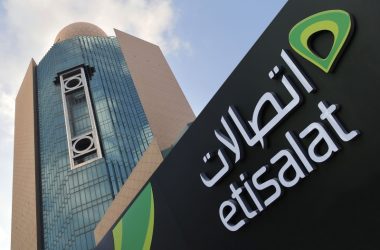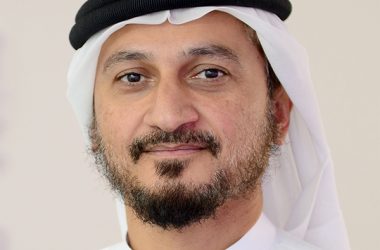High costs of accessing inland fibre-optic infrastructure and lack of guidelines on DSL access have forced telecom operators in Africa to seek government intervention in developing policies that help lower costs for users.
In countries where former telecommunications monopolies had not set up extensive copper lines, the debate is on how government policies can help lower costs of accessing national fibre-optic backbone, while in other countries debate is on how smaller companies can access existing infrastructure and provide last-mile connections.
In sub-Saharan Africa, South Africa has a wider coverage of DSL (Digital Subscriber Line) exchanges, which allow connection direct to customer premises, commonly known as the local loop. The Independent Communications Authority of South Africa (ICASA) is currently involved in discussions over access to the local loop established by Telkom South Africa by other telcos.
Smaller telcos that do not have the financial muscle to invest in infrastructure want to access the telecommunications infrastructure and provide value-added services to consumers in a process known as local loop unbundling, or LLU.
“The South African market has already been experiencing increased competition, including in the local loop; fixed-line penetration is low, which means that there may be many players chasing relatively few customers,” said Dobek Pater, senior telecoms analyst at Africa Analysis.
“One positive aspect of LLU that has been observed is that it is a competitive enablement — LLU enables competitors to the incumbent to grow and become stronger competitors, facilitating product innovation and differentiation, and translates into their ability to expand their product,” added Pater.
Kenya has already unbundled the local loop and two main companies that were riding on Telkom Kenya infrastructure have been unable to mount any competition because the cost of copper line rental was not regulated. Telkom Kenya charged the companies the same costs they charge end users, so it was easier for customers to go directly to Telkom Kenya.
“In Kenya, inter-operator infrastructure access is not regulated, operators share on [a] commercial basis; licenses given to Popote Wireless and Flashcom were tied to Telkom Kenya,” said Nzioka Waita, Safaricom corporate affairs director, who has also been involved in regulatory discussions.
In the past two years, Africa has seen developments in fiber-optic infrastructure and there are questions whether it affects the calls for unbundling of local loop especially with the prospect of fiber to the home.
“These infrastructure build-outs are not likely to stop LLU introduction, particularly if LLU applies only to Telkom copper and does not include fiber-optic connections,” added Pater. “However, we have not really seen any proof of that in global markets that have introduced LLU.”
However, some analysts feel that development of mobile and other technologies has reduced reliance on copper and the unbundling debate would have been better 10 years ago when data costs were very high and other technologies like mobile were not developed.
“With wireless technologies and mobile, it may be a moot point in countries where the fixed copper network is not so pervasive; unlike Kenya, South Africa has more copper and a bulk of the broadband connections are DSL based, there was a time, perhaps 7-10 years ago, when this would have made sense,” said Frank Hook, IDC East Africa regional manager.
Operators in many countries are facing the challenge of reducing internet costs further and the falling average revenue per user (ARPU) for mobile companies has meant reducing infrastructure costs on the last mile to the mass market.
“The missing link is mostly in access (last mile) and that’s an issue all over Africa — even South Africa; depending on what type of LLU is envisaged, (wire to subscriber or capacity at the exchange or switch, LLU can help foster last mile access where smaller players are ready to invest in last-mile to deliver services,” added Hook.
While the cost of renting the infrastructure still remains an issue, operators will also have to agree on whether they can pick the areas where they want to provide value-added service over the local loop or to enter areas where there is demand, regardless of profitability.
With fiber more extensive than copper in Kenya, the government has been forced to form a committee to explore ways to market the national fiber-optic backbone. The infrastructure had been left to Telkom Kenya under a renegotiated deal with France Telecom, but other operators complained that Telkom Kenya had not aggressively marketed the capacity.
In 2010, France Telecom demanded a $385 million refund from the government from a total of $390 million paid earlier, arguing that it had overpaid for Telkom Kenya. After discussions and threats to quit, the parties renegotiated the deal that included waiver of the $10 million 3G license and a contract to take over and manage the 20 percent government stake in TEAMS (The East Africa Marine System) fiber-optic cable as well as marketing and maintaining the national fiber-optic backbone, covering the whole country.
The government committee charged with looking at ways to market the backbone infrastructure is composed of representatives from the Ministry of Information and Communication, Telkom Kenya, Kenya Data Networks, Jamii Telecom, Safaricom and Frontier Optical Networks. The committee will address pricing issues as well as access by operators.





